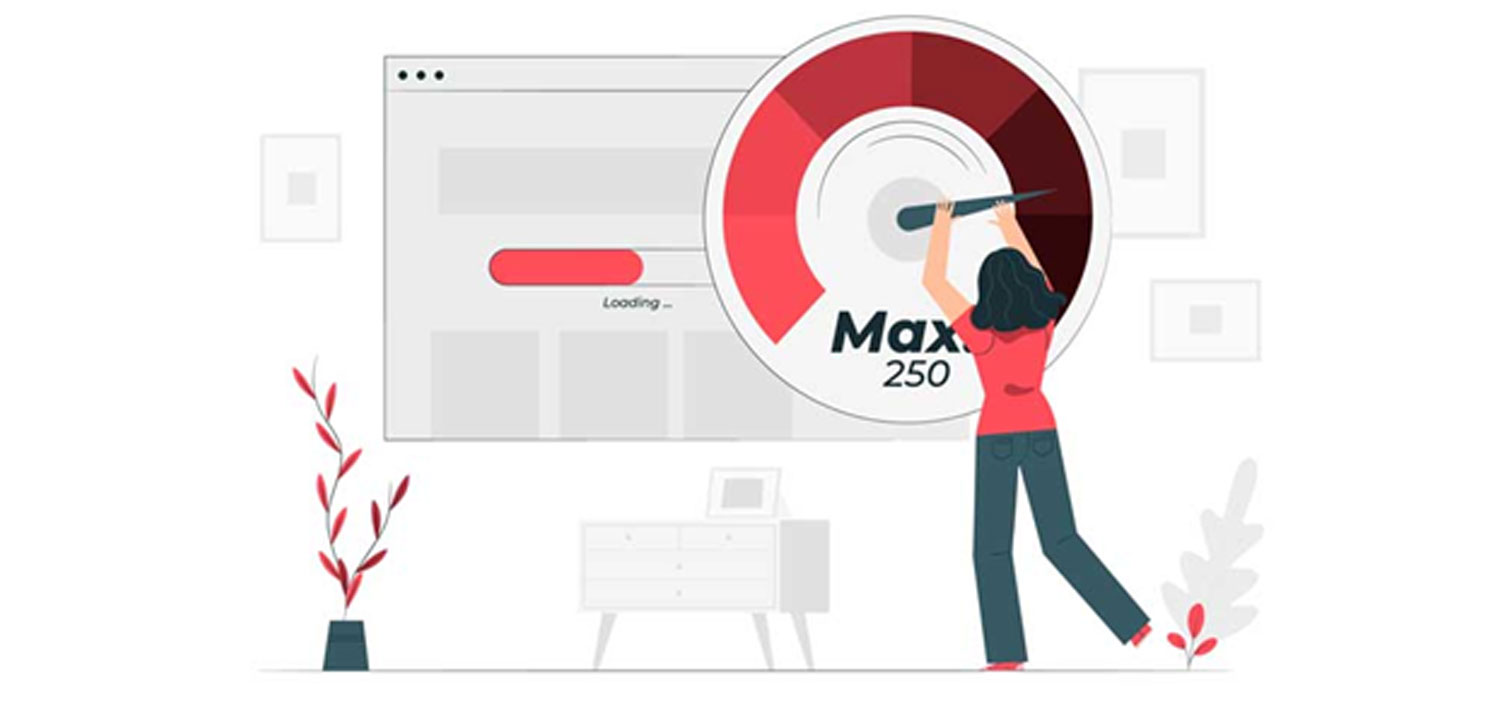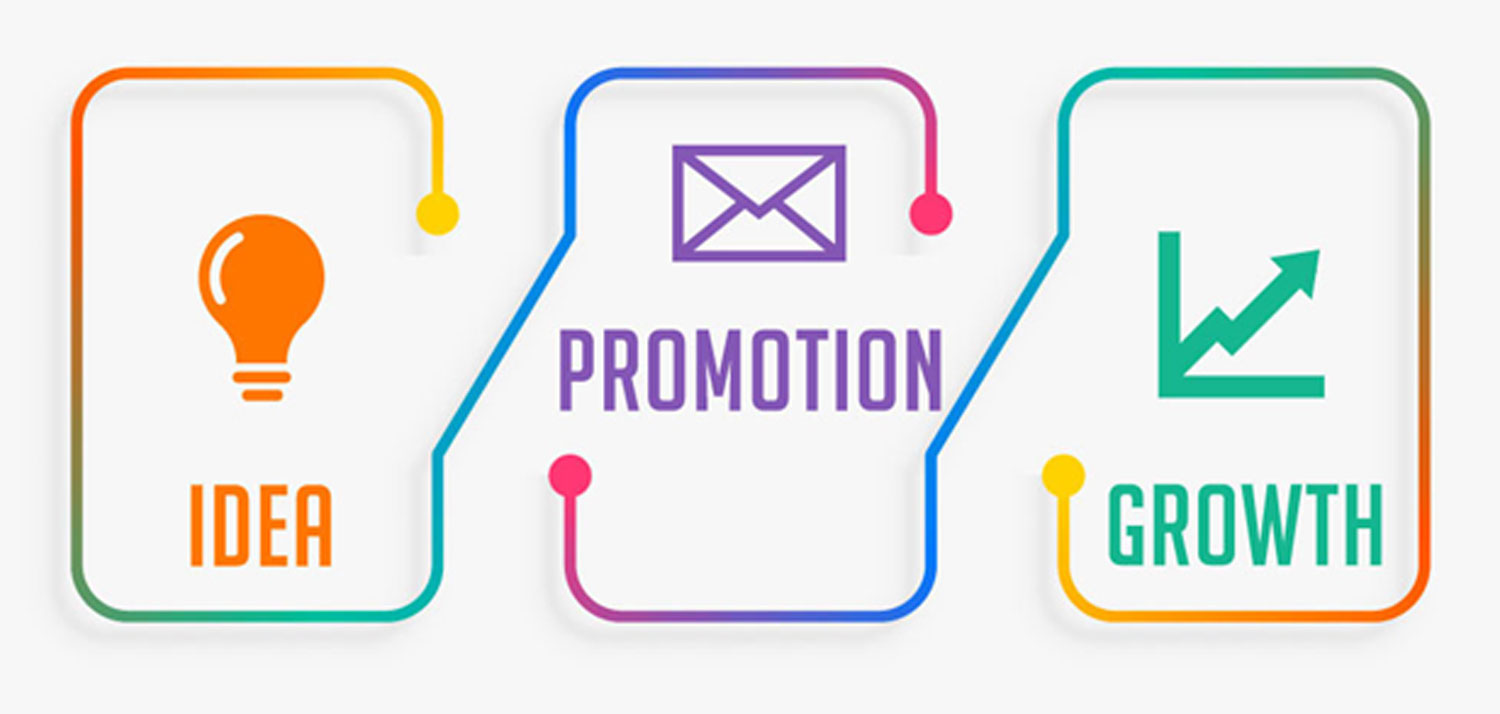Imagine visiting a user-friendly website, it has good graphics, guides you well; in a nutshell, it has everything necessary to make a spectacular website – except for one. You might be crawling at snail’s speed to get from one page to another. Will you stay and surf the website? The chances are you will not, because speed is paramount to a website’s success. Build a lighting fast website and then sit back and see the results for yourself. The chances are that you will never compromise on your website performance ever again.
How Fast Does My Website Need To Be?
The ideal time for a website to load is between 2 to 5 seconds. With an increase of each 2 seconds, your website performance will be impacted, and you will likely see an increase in your bounce rate. Needless to say, nobody wants that for their website. Designing fast websites should be a priority, and Google search recommends a load time of under 2 seconds to keep the visitor engaged.
What Is The Average Load Time Of A Website, And What Should You Aim For?
Five million desktop and mobile web pages were analyzed, and it appeared that on average, a website on desktop takes 10.3 seconds to load and on mobile takes 22.3 seconds to load. It is worth noting that some factors were quite possibly ignored during the designs of these average sites. These factors that impact the website performance include excessive HTTP requests, unclean codes, not using gZip compression, unoptimized images, and too many ads.
Additionally, a decline in website performance means that the chances of a specific customer visiting your website again are thin. It should be kept in mind that even a one-second difference will have a major impact, and that is even true for e-commerce websites. Further, there should be more focus on mobile website speed when designing a fast website, as a majority of the consumers, and potential consumers, reach a website via their smartphones today.
What Happens When We Design A Website That Is Not Exactly A Quickdraw McGraw?
A slow-loading website can significantly undermine the user experience, resulting in increased bounce rates, reduced conversions, and diminished trust. Users expect swift interactions, and when faced with delays, they are more likely to abandon the site, impacting engagement and potentially leading to revenue loss for e-commerce platforms. Moreover, search engines take page speed into account when determining rankings, meaning a slow website may experience lower visibility and organic traffic. Beyond the immediate user impact, the negative consequences extend to increased infrastructure costs as businesses may need to invest in additional resources to address performance issues. In today’s competitive online landscape, a slow website not only hampers user satisfaction but also puts a business at a disadvantage compared to faster and more responsive competitors. To mitigate these consequences, prioritizing website optimization, regularly monitoring performance, and employing best practices in web development are critical steps for businesses seeking to provide a seamless online experience.
A website with good website performance will play a positive role in engaging the user and making sure they stay. Only if they have stayed on the website can we assume even the remotest chance of conversion. A user will lose their faith in the website that suffers from slow performance. Additionally, they might drift off to your competitor’s website for the same thing. Web surfers being dissatisfied with a slow website design will surely result in the loss of a potential or even existing customer.
Will A Slow Website Affect SEO?
To maintain and improve SEO performance, it’s essential for website owners to prioritize optimizing page speed, employing best practices in web development, and regularly monitoring and addressing performance issues. Fast, user-friendly websites are more likely to rank higher in search results and provide a better overall experience for visitors.
A slow website can have a detrimental impact on SEO (Search Engine Optimization) in several ways:
- Financial Loss: Getting a website up and running is by no means the easiest task in the world. Poor website performance or high load time will also rear its ugly head in the form of financial loss. Designing fast websites and developing them correctly for load speed can be arduous and tedious. The negative impact of slow website load time could be monumental, and no business with a reputation to maintain should risk it.
- A Reduced Conversion Rate: Poor website performance is quite unlikely to lead a customer towards the end of a sales funnel. This of course means that we can expect lower conversion rates. Delay of a fraction of a second will, for sure, mean fewer conversions – and not by a little.
- Lower Search Engine Rankings: Search engines, particularly Google, consider page speed as a ranking factor. Slow-loading pages are less likely to rank well in search engine results, leading to decreased visibility and organic traffic.
- Higher Bounce Rates: Slow websites often experience higher bounce rates, as users are more likely to leave the site if pages take too long to load. Elevated bounce rates can signal to search engines that the content or user experience is unsatisfactory, potentially affecting rankings.
- Crawling and Indexing Challenges: Search engine bots have a finite time budget to crawl and index web pages. If a website is slow, it may take longer for bots to crawl all pages, potentially resulting in incomplete indexing and reduced visibility in search results.
- Poor User Experience Signals: Search engines prioritize delivering the best possible user experience. Slow-loading pages contribute to a negative user experience, and search engines may interpret this as an indicator of lower-quality content, affecting overall SEO performance.
- Mobile SEO Impact: With the emphasis on mobile-first indexing, slow-loading mobile pages can have a more significant impact on SEO. Google prioritizes mobile-friendly and fast-loading pages for mobile search results.
- Core Web Vitals and User Experience Metrics: Google, in particular, considers Core Web Vitals as part of its ranking factors. These metrics assess aspects like page loading speed, interactivity, and visual stability, directly influencing SEO rankings.
- Page Load Time as a Ranking Factor: Google has explicitly mentioned page load time as a factor in its algorithm. Faster-loading pages are favored, while slower pages may experience a negative impact on rankings.
- Competitive Disadvantage: In a competitive online landscape, websites that provide a faster and smoother user experience are more likely to attract and retain visitors. A slow website, on the other hand, may lose out to competitors in search rankings and user preference.
What Are The Benefits Of Designing A Fast Website?
Designing a fast website offers numerous benefits, positively impacting user experience, search engine rankings, and overall business success. Here are some key advantages:
- Improved User Experience: A fast website provides a smooth and seamless browsing experience. Users can access content quickly, leading to increased satisfaction and a positive perception of your brand.
- Reduced Bounce Rates: Faster-loading pages contribute to lower bounce rates as users are less likely to abandon a site that delivers content promptly. This is crucial for retaining visitors and encouraging exploration of your website.
- Increased User Engagement: Fast websites facilitate better user engagement. Visitors are more likely to interact with various elements, such as clicking through pages, exploring content, and participating in calls to action.
- Enhanced Mobile Experience: As mobile usage continues to rise, a fast website is essential for catering to mobile users. Responsive design and quick load times on mobile devices improve accessibility and user satisfaction.
- Better Search Engine Rankings: Search engines, like Google, consider page speed as a ranking factor. A fast website is more likely to rank higher in search results, leading to increased visibility and organic traffic.
- Higher Conversion Rates: Faster websites contribute to improved conversion rates. Whether it’s completing a purchase, filling out a form, or subscribing to a newsletter, users are more likely to take desired actions on a site that loads quickly.
- Positive Impact on SEO: Fast websites positively impact SEO performance. Search engines favor websites that provide a great user experience, contributing to higher rankings and increased chances of being indexed comprehensively.
- Optimized User Retention: Users are more likely to return to a website that delivers a fast and efficient experience. This fosters user loyalty and contributes to a higher retention rate over time.
- Competitive Advantage: In a competitive online landscape, a fast website sets you apart from competitors. Users are more likely to choose and revisit websites that load quickly and offer a hassle-free experience.
- Lower Infrastructure Costs: Optimizing website speed often involves efficient use of resources, which can lead to lower infrastructure costs. This includes reduced server and bandwidth requirements, resulting in potential cost savings.
- Adaptability to Emerging Technologies: A fast website is more adaptable to emerging technologies and user expectations. As new devices and browsing habits emerge, a well-optimized site is better positioned to provide a seamless experience across different platforms.
Conclusion
Did you know that the average attention span of a human being is approximately 8 seconds? Goldfish can have a better attention span, and as a human, that is quite humiliating. This lack of attention in humans can cause frustration with higher page loading times. On the contrary, with fast website load times, which increases usability, you have a much better chance at conversion.
As per Google, the probability of bounce increases 32% as page load time goes from 1 second to 3 seconds. That is the impact of just 2 seconds, but overall, it has a very measurable and negative impact on your bottom line. All the more reasons for developers to design fast websites. Additionally, with page load time going from 1 to 5 seconds, the bounce rate can increase by upwards of 90%.
Slow website speed is an issue that many websites are either facing or face from time to time. Many publishers are quite keen on keeping a fast website load time, as well as all other relevant metrics, such as time to interact, time to the first byte, first contentful paint, and first input delay in good shape. That can sometimes mean having the wish to shave milliseconds of speed from some of these metrics. Even milliseconds matter, and their impact can go a long way. So, if you have a website that is lacking in page load time, make it your priority to speed your website up..





